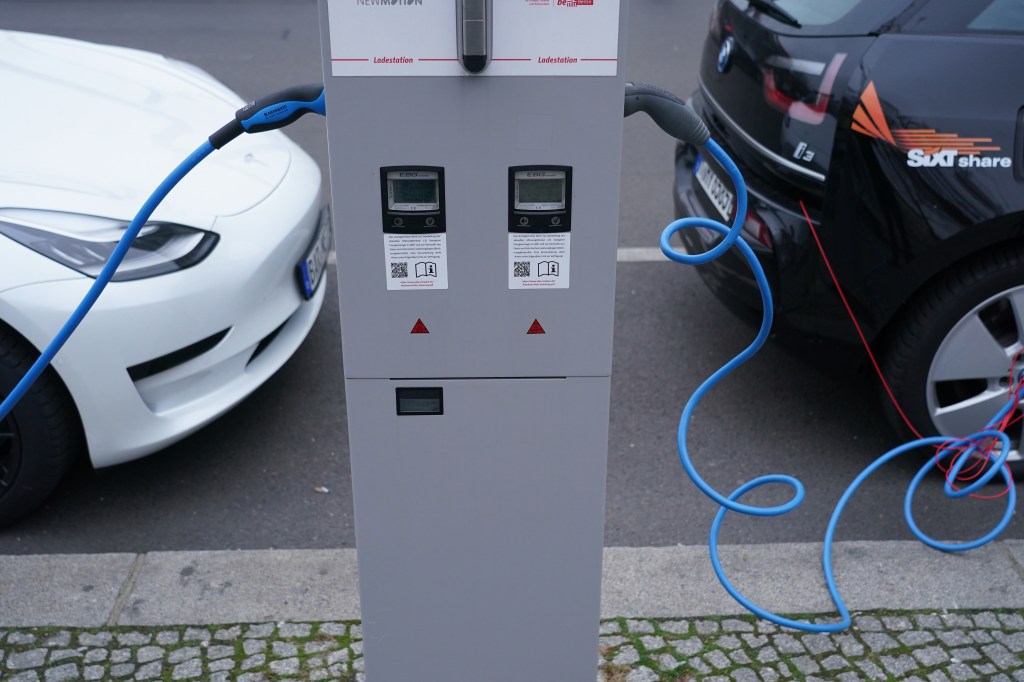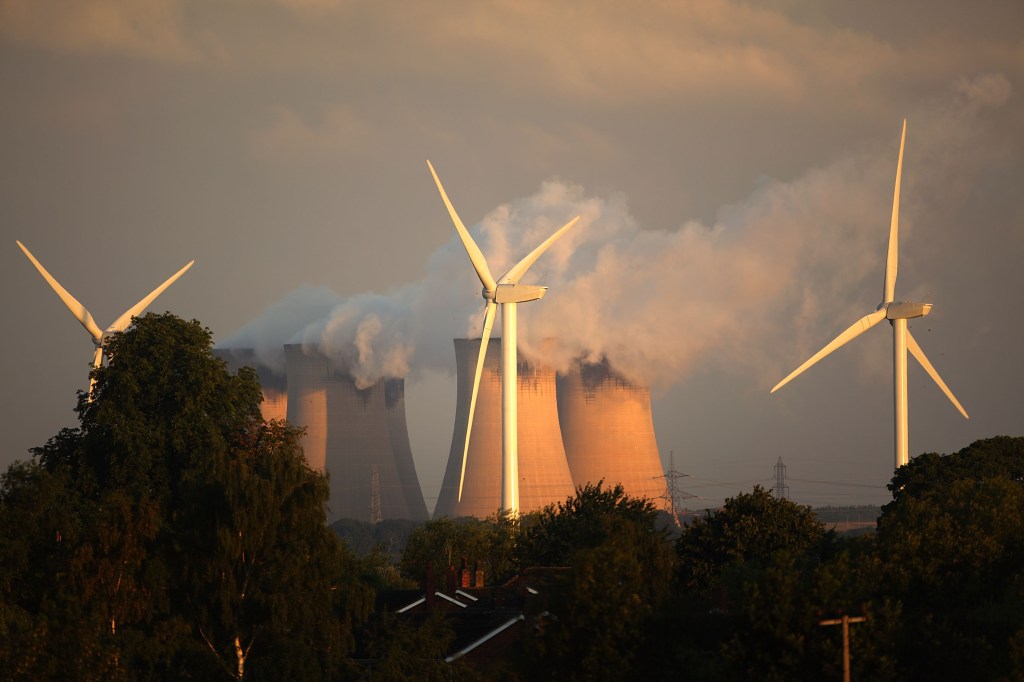Tom King, Chief Investment Officer at Nanuk Asset Management, considers the next big trends in sustainable technology investment.

Global carbon dioxide emissions continue to rise despite the commitments of governments and companies to achieve net zero emissions, necessitating increasingly aggressive action in the coming decade that will create opportunities for investors in areas of sustainable technology that are yet to rise to widespread prominence.
It comes as many people were left disappointed by a lack of progress at the recent United Nations COP27 meeting in Egypt, which failed to deliver more ambitious commitments to reduce emissions or shift more rapidly away from fossil fuels and accelerate investment in decarbonisation solutions globally.
The global challenge was highlighted by the Global Carbon Budget Report, released during the event, that reported carbon dioxide emissions from burning fossil fuels are on track to rise around 1% this year. Even if current pledges for action by 2030 are delivered in full emission will remain well above the trajectory required to deliver net zero by 2050, and the United Nations estimates outline that there will still be a rise in global warming of about 2.5 degrees by the end of the century[1].
Additionally, current government policies and support are not keeping pace with the targets, and as we move through the current decade, there will need to be a substantial step up in regulation and subsidies to meet the greenhouse gas emission reduction targets set for 2030. The implications are clear, although the specific timing of such changes depends on political, geopolitical and environmental factors that cannot be predicted.
There has already been a significant increase in government support for sustainable technology in 2022. Most prominent was the passing of the US Inflation Reduction Act and the Bipartisan Infrastructure Law. In Australia, the new Labor government’s commitment to a 43% carbon emissions reduction on 2005 levels by 2030 will require similar ambitious regulatory support if it is to be achieved. Companies and consumers are already acting to reduce emissions, but substantially more dramatic changes are necessary and will inevitably be forced upon us all.
There has been profound change already and the support over the past decade for technologies like wind, solar and electric vehicles has set these technologies on irreversible pathways towards widespread adoption. These key technologies are essential to global decarbonisation and will continue to attract increasing levels of investment and further growth, but their widespread adoption will only address around one third of global carbon emissions, and achieving even modest 2030 targets requires substantial progress elsewhere.

To achieve these targets we need to address emissions across the entire economy. We need to eliminate the use of fossil fuels in buildings, particularly for heating; we must address emissions from transport beyond passenger vehicles, in heavy transport, rail, air and shipping; we must decarbonise industry and industrial processes, removing the use of fossil fuels and reducing emission from processes such as chemical, cement and steel production.
It will be practically and politically impossible to cease using fossil fuels and it is likely that the energy industry will need to adopt carbon capture and storage solutions on a large scale – a solution that is also likely to be a practical and economically sensible approach to reducing emissions in other areas of the economy also.
Tackling the issue of carbon pollution in agriculture is critical to meeting emission targets, with the industry contributing 13% of Australia’s greenhouse gas emissions each year and much higher proportions in other countries where deforestation and land use change are significant. For companies and investors this presents an opportunity, but for consumers it presents a challenge as we consider the importance of our individual choices.
Beyond EVs and renewables, green hydrogen – produced by electrolysis of water using renewable energy – has also attracted significant attention and investment, with governments across the globe committing to provide more than US$10 billion per year to support the development of green hydrogen projects. This support will see the industry grow dramatically this decade and it will play an important role in decarbonising specific industries, but more economic alternatives will restrict its longer-term use in many of its potential applications – where electrification or carbon capture and storage are likely to be much cheaper options – and from an investment perspective many of the pure play hydrogen companies are likely to fail to live up to expectations.
While developments and investment in EVs, renewable energy and hydrogen dominate headlines today and will continue to grow strongly this decade, these less prominent but equally important decarbonisation solutions will become far more prominent through the middle of this decade as governments shift beyond the ‘low hanging fruit’ and start pulling all the levers they can to deliver more rapid emissions reductions into the 2040s.
Tom King is Chief Investment Officer at Nanuk Asset Management
[1] The United Nations Environment Programme (UNEP) 2022 edition of the Emissions Gap Report: The Closing Window. October 27, 2022.
This article represents the views only of the writer and should not be regarded as the provision of advice of any nature from Forbes Australia. The article is intended to provide general information only and does not take into account your individual objectives, financial situation or needs. Past performance is not necessarily indicative of future performance. You should seek independent financial and tax advice before making any decision based on this information, the views or information expressed in this article.